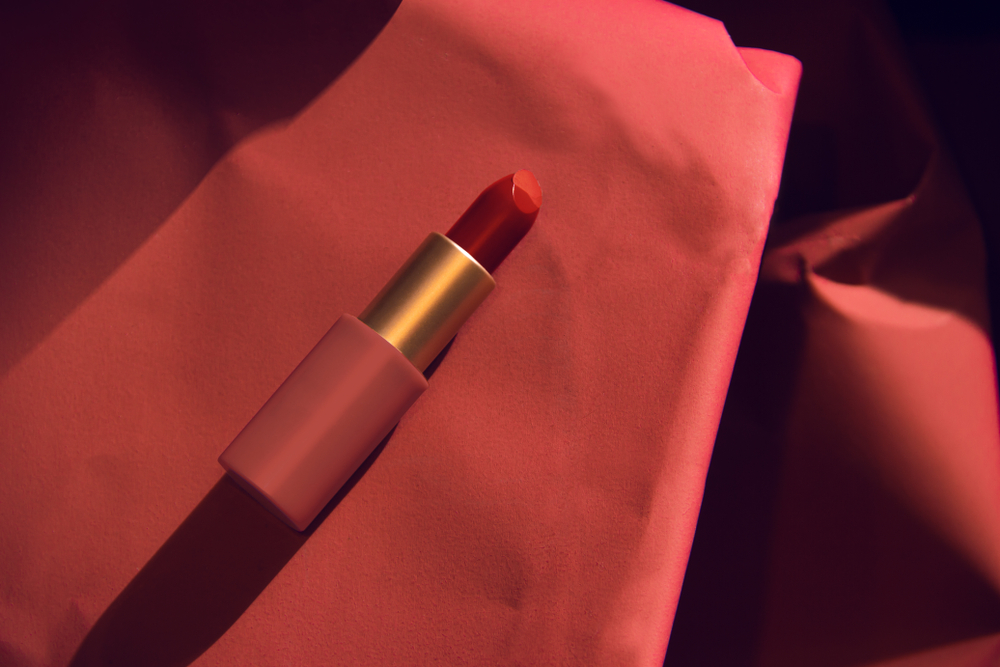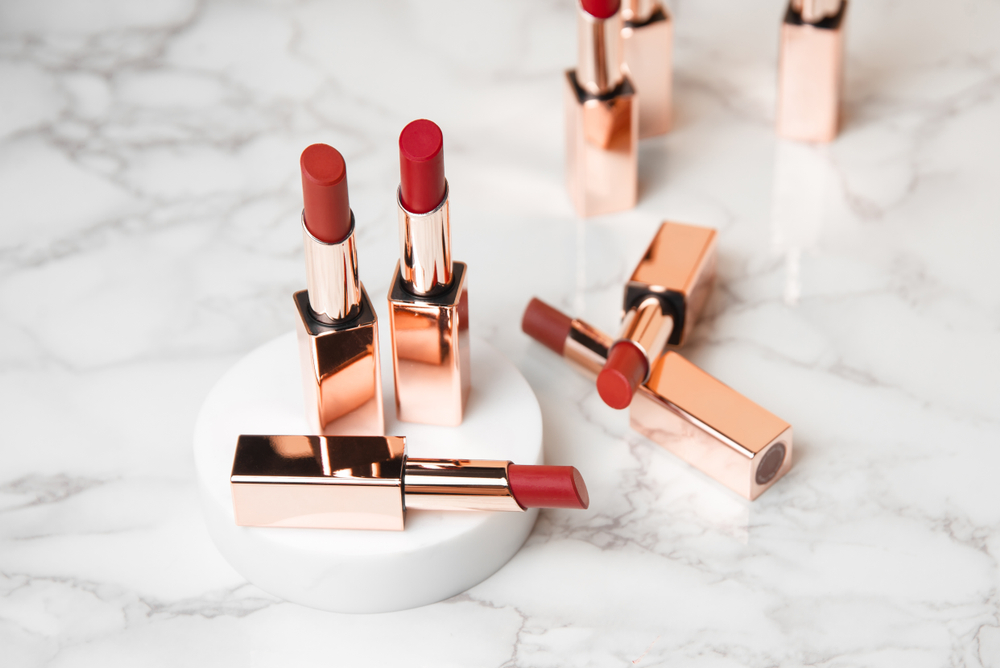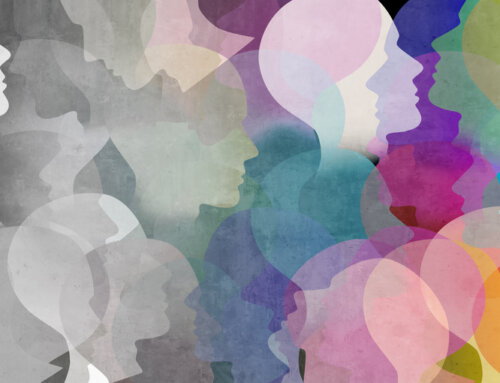The psychology of consumer behaviour is a vast and intricate realm, peppered with phenomena that business leaders must consider. One such phenomenon, particularly relevant in times of economic downturn, is the ‘Lipstick Effect’ or the ‘Lipstick Factor’.
This principal highlights consumer tendencies and their behaviour during tough times. It can influence the way businesses position and market their products.
“Give a woman the right lipstick and she can conquer the world,” said Lipstick Queen Poppy King.
The lipstick effect was first theorised by economics and sociology Professor Juliet Schor in her 1998 book The Overspent American. She found when money is tight, women would splurge on luxury brand lipsticks that are used in public.
What is the Lipstick Effect?
The lipstick effect is the theory that during inflationary times, or when facing an economic crisis consumers are likely to cut back on big-ticket purchases, but there’s an increase in the sales of smaller, more affordable luxury or indulgent items, like lipsticks. The belief is that these products offer consumers a way to feel good without breaking the bank. The term ‘Lipstick Factor’ was popularized in the US following the 9/11 attacks in 2001. Leonard Lauder, then chairman of Estée Lauder, observed that in the tough months post-9/11, while many sectors suffered, there was a surge in lipstick sales, suggesting that people sought affordable indulgences in turbulent times.
How does the Lipstick Effect influence Marketing Strategy?
- Understanding Consumer Psychology: Recognizing the shift in consumer behaviour towards smaller luxury indulgences can inform businesses about what products to emphasize. Instead of pushing high-end luxury items, the focus can be on affordable luxury or premium products.
- Product Positioning: Products can be positioned as ‘feel-good’ items or ‘small indulgences’. This kind of messaging can resonate with consumers looking for a quick emotional uplift.
- Pricing Strategy: Introducing a range of price points can cater to varying consumer needs. Limited editions or special packaging can be introduced to offer perceived value.
- Promotion and Advertising: Ad campaigns during economic downturns can emphasize self-care, treating oneself, or finding joy in small things. It’s crucial to tap into the emotions of the consumers (as with any marketing campaign).
- Product Development: Brands can consider introducing mini versions of their popular products or solutions. Tap into the desire for affordable indulgence without the commitment of a full-size product.
- E-commerce and Retail Strategy: Recognizing changing online shopping trends, businesses can offer deals on smaller luxury items. Or bundle them together for added perceived value. In retail spaces, placing these items in impulse-buy zones can capitalize on the phenomenon.
- Diversification: If your business’s primary products are high-end, you might consider diversifying. Consider adding a range to include lower-cost items that still carry the brand’s luxury appeal.
How the Lipstick Effect influences B2B versus B2C
In the realm of the Lipstick Eactor, B2B (Business-to-Business) and B2C (Business-to-Consumer) sectors exhibit distinct behaviours with individual implications on marketing strategy. In B2C contexts, the phenomenon manifests more transparently: consumers seek solace in affordable luxuries during tough times, making purchases that provide immediate emotional gratification. This behaviour is relatively straightforward to observe, track and analyse. Brands and retailers will observe an increase in specific product categories.

B2B transactions, on the other hand, are more complex. Businesses, even in challenging economic climates, prioritize essential operational expenses and tend to cut back on what they see as ‘luxuries’.
However, the Lipstick Effect is still relevant when looking through the B2B the lens of ‘value-driven purchases’.
Instead of investing in new, high-end enterprise solutions, a business might opt for scalable, modular solutions or services that offer immediate relief and efficiency and contribute directly to efficiency and margins. While the B2C sector responds to the emotional needs of individual consumers, the B2B sector tends to react to the strategic, bottom-line needs of organizations.
Whether B2B or B2C, business should continue to communicate the value they deliver.
Limitations and considerations
While the Lipstick Effect offers a valuable lens to view consumer behaviour, it is essential to consider:
- Not all sectors or brands will experience this trend. It’s crucial to understand your target market
- Although buying behaviour may change, businesses who have a strong understanding of their buyers persona tend to be more successful
- The Lipstick Effect is unlikely to be universal across cultures or demographics. Regional variations exist
- The trend is more nuanced in a post COVID, digital age. Consumers potentially leaning towards digital indulgences like apps, online courses, or virtual experiences
Should your business sell lipstick?
The Lipstick Effect underscores the importance of adaptability and understanding the deeper psychological needs of your clients and prospects. By tapping into these potential shifts in behaviour, influenced by the economic environment, business leaders should align their marketing strategies to cater to buyer desires more effectively. The key is to understand your buyers changing behaviours, to ensure your business continues to deliver relevant products or solutions. Ensure you’re communicating the value you deliver. The Lipstick Effect demonstrates how businesses need to be adaptability in challenging and volatile economic climates.





